
New York State is rolling out plans for a large-scale effort to return $2 billion to residents through one-time “inflation refund checks,” as part of its 2025–2026 budget.
This program is intended to offset the impact of rising prices and increased sales tax collections due to inflation. In mid-October 2025, checks will be mailed automatically to eligible taxpayers, with over 8 million New Yorkers expected to benefit.
Eligibility Requirements for the Inflation Refund
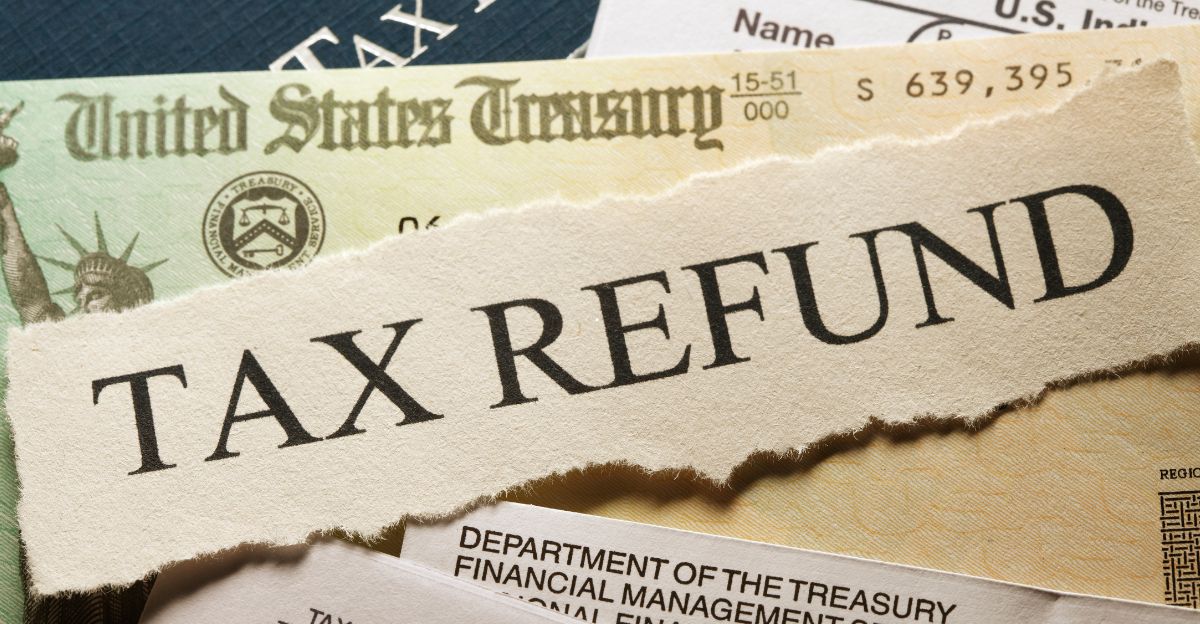
Qualifying recipients would be required to have filed a New York State Resident Income Tax Return (Form IT-201) for 2023.
The recipient’s income would be reported within specific ranges and not claimed on any other taxpayer’s return as a dependent. The relief would be directed to those hardest hit by inflation and the rising cost of living in the state.
Refund Amounts Based on Filing Status and Income
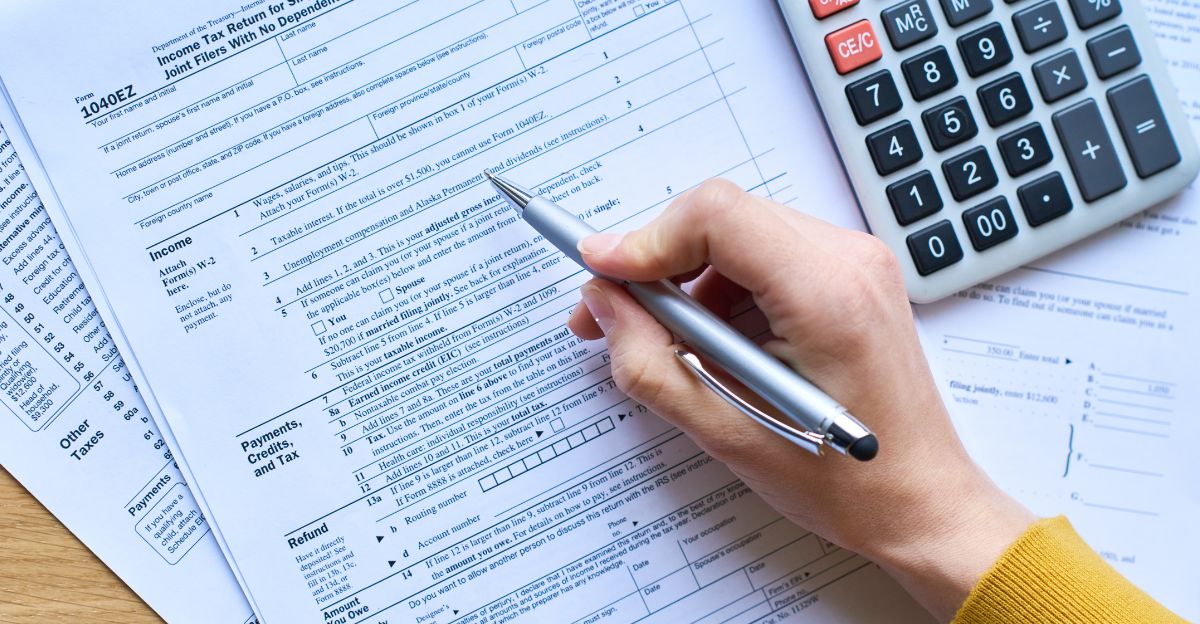
Each taxpayer’s payment is based on his or her income and filing status in 2023. Those filing as singles and heads of household who make $75,000 or less will receive $200, and those who make more than $75,000 but not more than $150,000 will get $150.
Married couples filing jointly with incomes up to $150,000 will receive $400, and those with incomes between $150,000 and $300,000 will receive $300.
Automatic Distribution—No Application Required
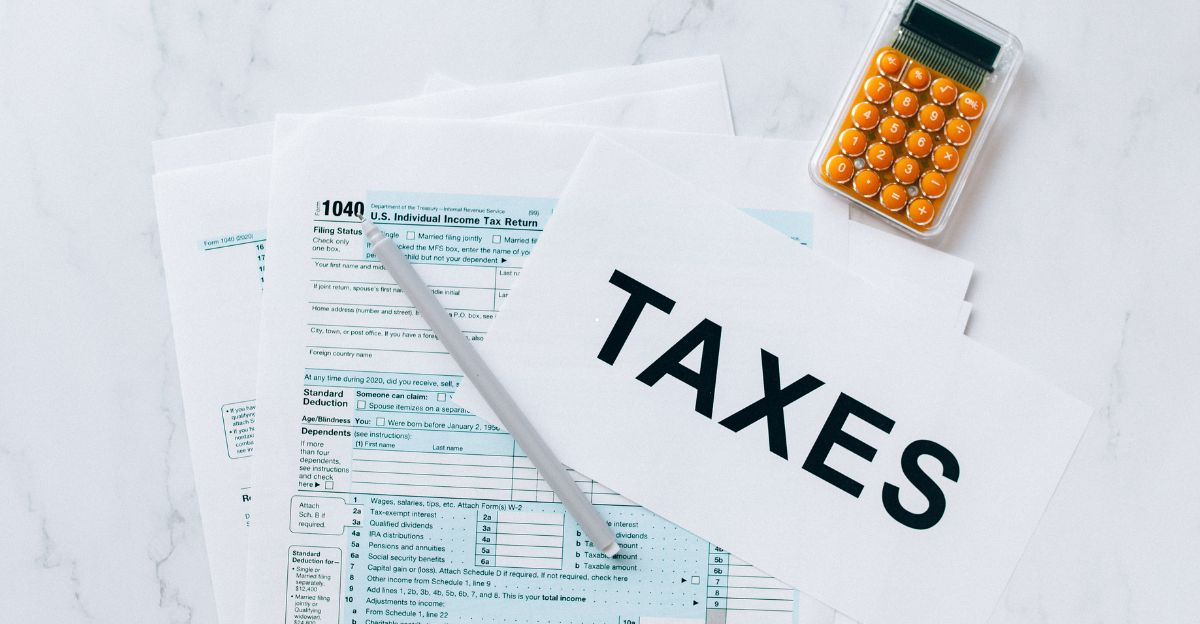
Eligible New Yorkers do not have to apply for the refund. The state Department of Taxation and Finance will issue checks automatically to qualifying residents based on their 2023 tax filings. This streamlined approach would result in relief being delivered efficiently and directly to those who need it the most.
Geographic Reach and Local Impact
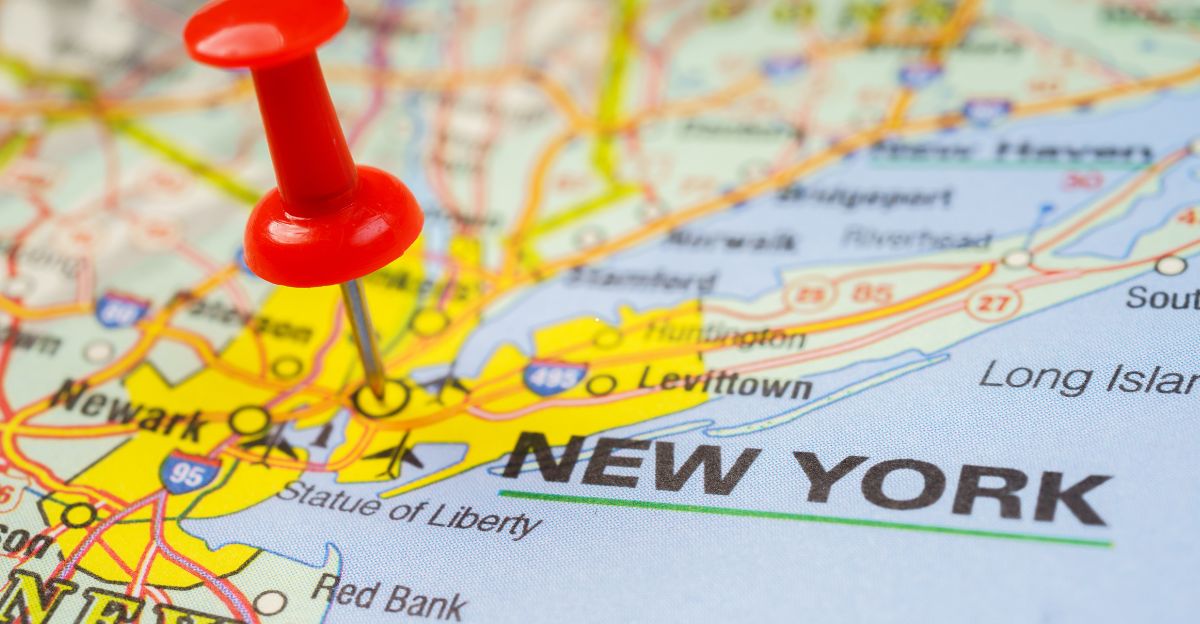
The program is expected to reach more than 8 million New York residents, with a significant concentration in New York City, Long Island, and the Hudson Valley—places that are also grappling with high living costs and congestion pricing. This broad distribution reflects the widespread impact of inflation across the state.
Why New York Is Issuing Inflation Refunds
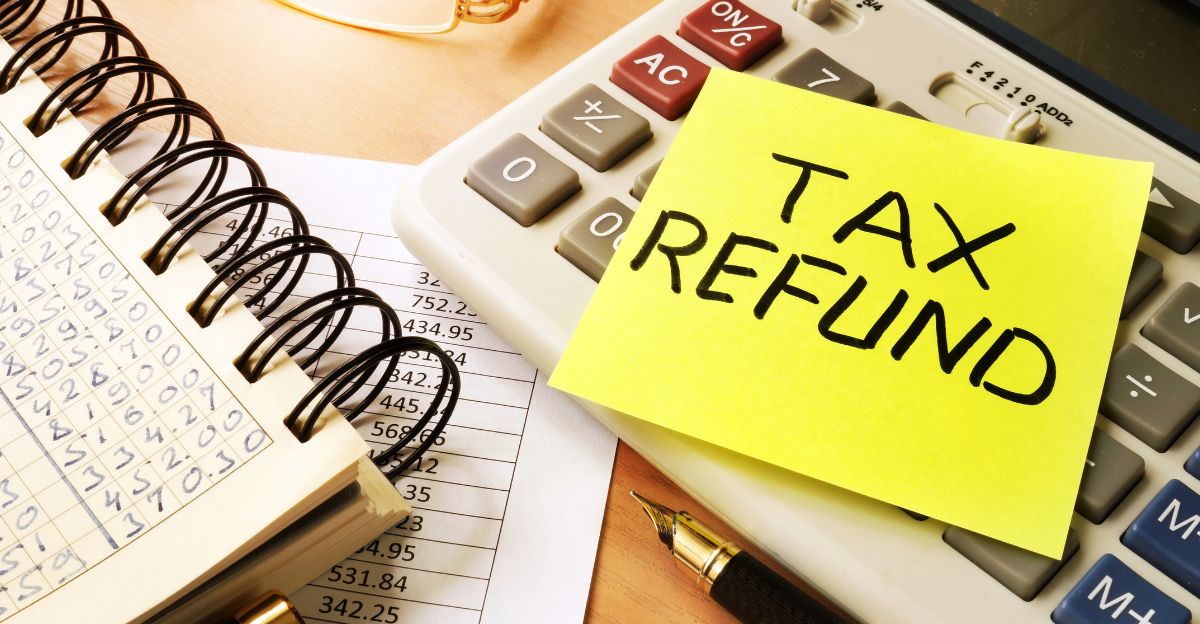
Governor Kathy Hochul emphasized that inflation has not only driven up residents’ costs but also increased the state’s sales tax revenue.
Members of the state government decided that this additional revenue needed to be returned to taxpayers to help ease the financial pressure of inflation, making good on a pledge to put more money back into the pockets of working people.
Timeline for Receiving Payments
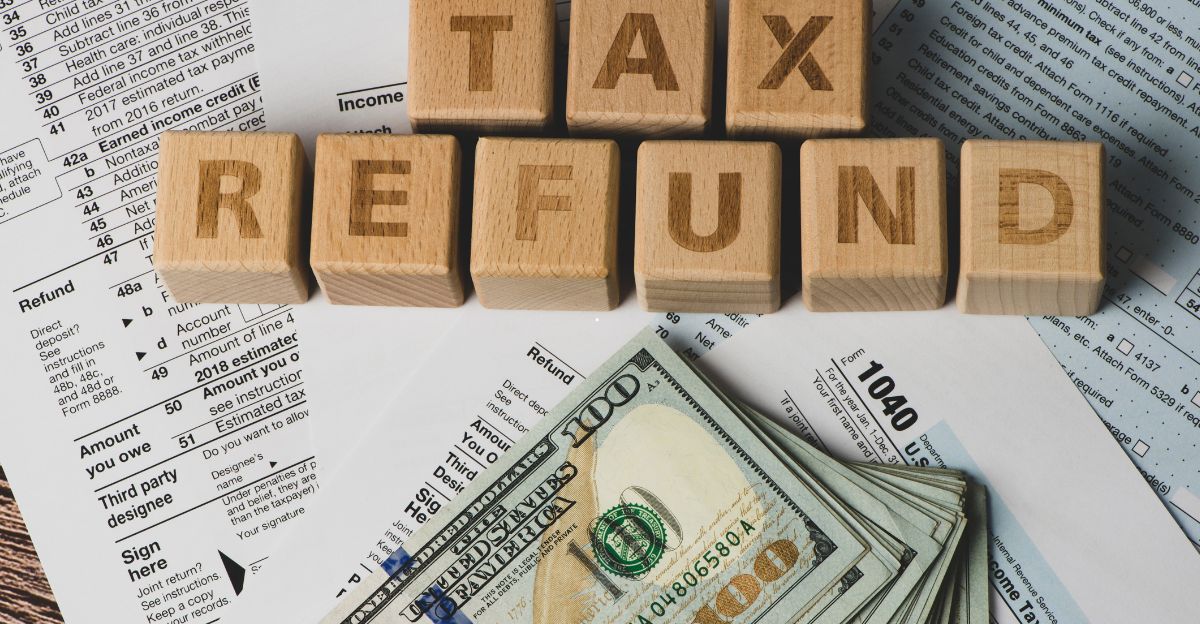
The mailing of checks will begin in mid-October 2025 and continue over several weeks. Residents should be on the lookout for these payments in the mail and make sure their address is up to date with the state’s tax department to avoid any delays in receiving their refund.
Comparing New York’s Approach to Other States
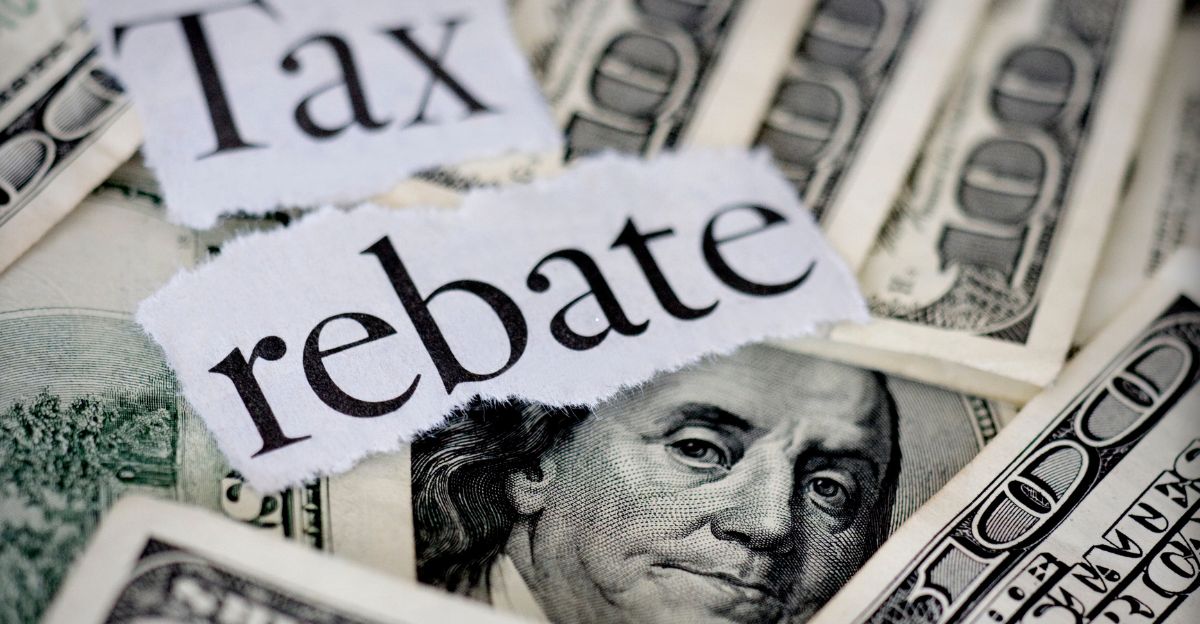
Currently, New York is the only state implementing this particular inflation refund program at the same high level.
While other states have provided various forms of tax rebates or stimulus payments in recent years, New York is particularly noteworthy for its size, automatic distribution, and direct link to increased sales tax collections.
Alternative Strategies for Combating Inflation
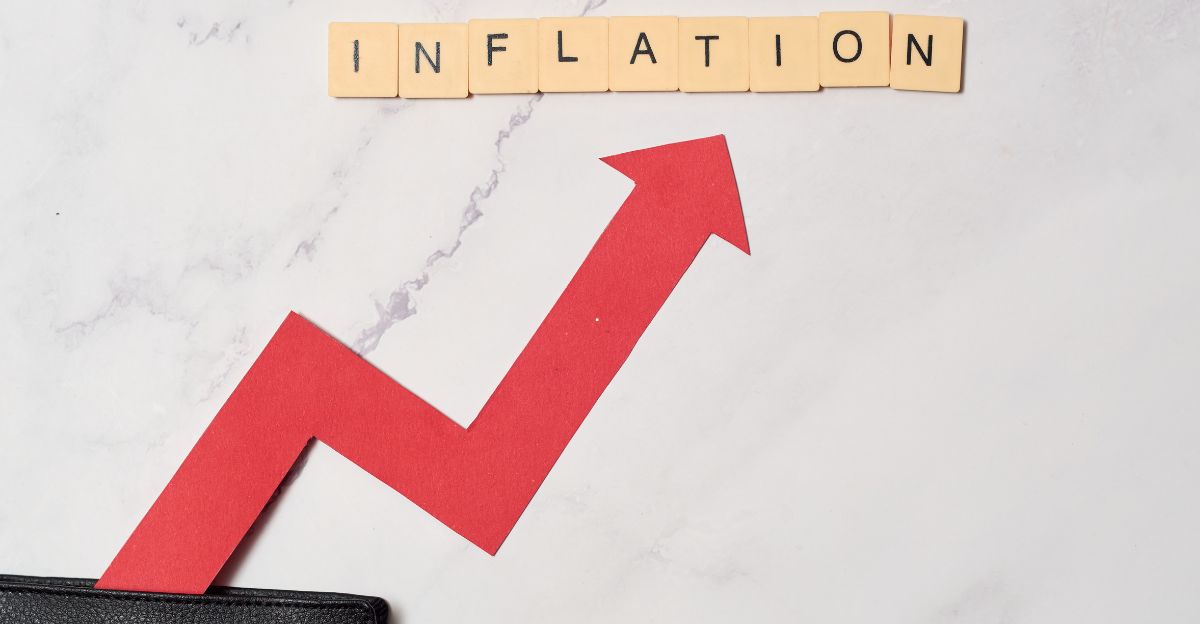
While only New Yorkers will receive these refund checks, people across the country often look to other methods to protect against inflation.
Some of the most common examples include investing in assets such as gold, which has surged in value by more than 25% since the start of 2025 due to ongoing inflation and economic uncertainty.
Real estate and alternative investments, such as shares in fine art, are also considered to be good hedges against inflation.
Long-Term Financial Planning Amid Inflation
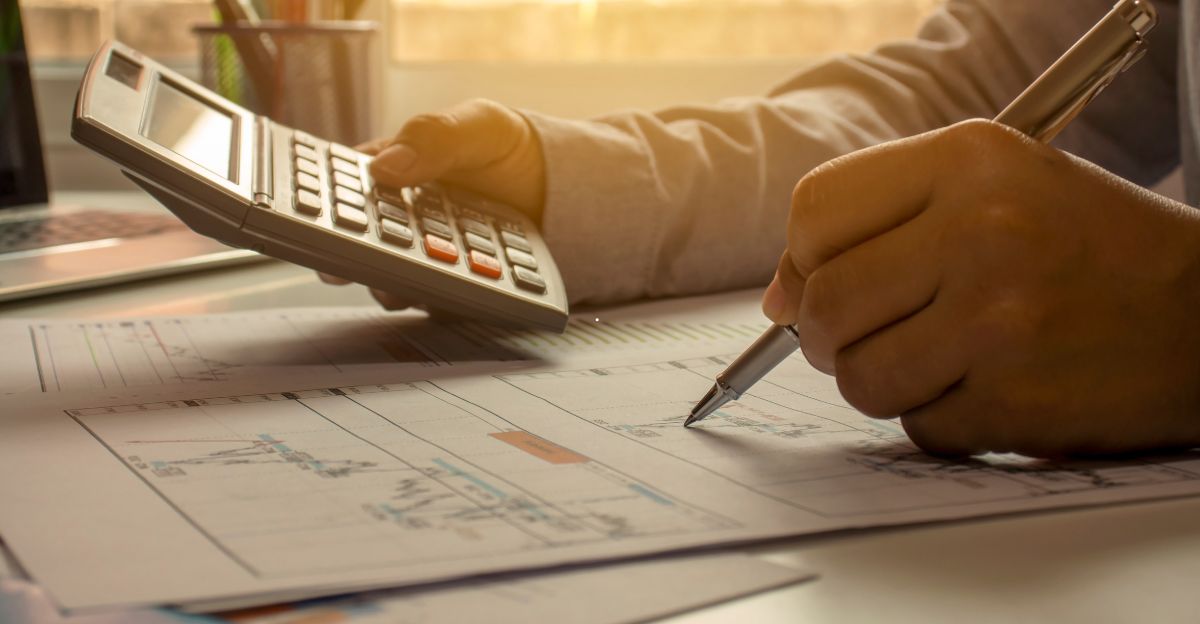
Experts suggest that, in addition to one-time relief payments, people should think about other ways to diversify their portfolios in anticipation of ongoing inflation.
This may include both traditional investments (stocks, bonds), real assets (real estate, gold), and alternative assets (art, home equity agreements) to help preserve and grow wealth in uncertain economic times.
